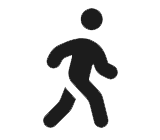Seven well-known legends about St Nicholas
There are several legends about Nicholas that show he was special even as a child. For instance, he is said to have stood upright in his bath when he was only one day old. He also drank breast milk every day except Wednesdays and Fridays: then he fasted during the day and drank milk in the evening. As an older child, he did not play with friends but went to church. In the nave of St Nicholas Basilica, painter Jan Dunselman (1863-1931) painted 16 frescoes depicting moments from St Nicholas's life and death and about the miracles he performed.
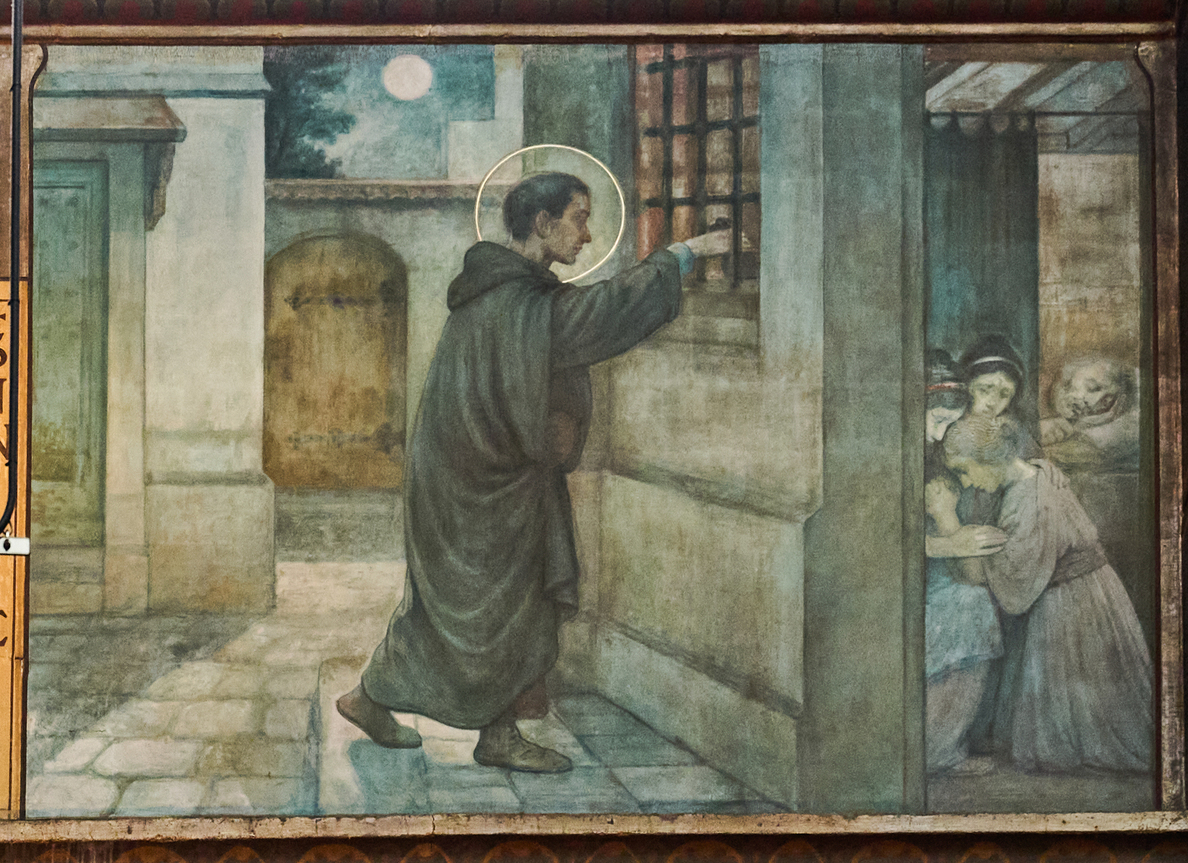
Nicholas and the three daughters without dowry
A poor widower has three daughters and no money for a dowry. To be able to support themselves, he sees no other solution than to have his daughters work as prostitutes. When Nicholas hears about this, he goes to their house three times in the night and throws a nugget of gold through their window unseen. As a result, the girls do not have to work as prostitutes and can marry: their honour is saved. This legend is echoed in the tradition of placing the shoe at St Nicholas celebrations (golden chocolate coins as shoe treats).

Nicholas and the three murdered (priest) students
Three itinerant students are murdered by a miserly innkeeper. He robs them of their money and puts their bodies in a brine barrel so that he can cook meals for his guests from it. When Nicholas drops by the inn, he is served a piece of meat and notices the deception. He revives the students. The innkeeper repents and promises not to cheat from now on. Depictions of this legend (three little boys in a tub) can be found in more places in Amsterdam: in the statue on top of the basilica, on the plaque on Dam Square, or the statue in the Begijnhofkapel.
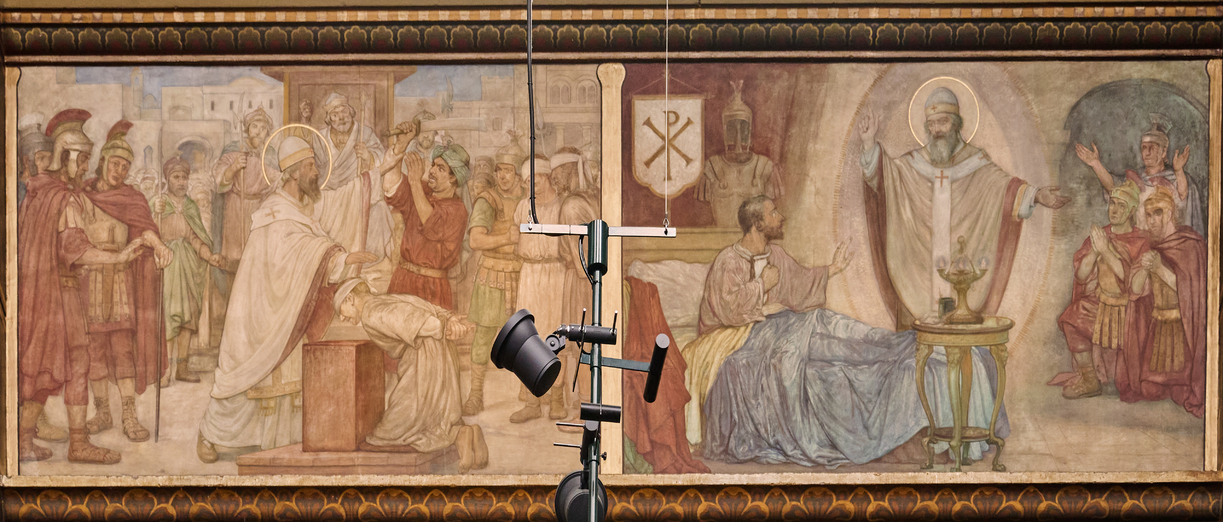
Nicholas and the three condemned citizens
The oldest Nicholas legend is about three inhabitants of Myra who are unjustly sentenced to death. This is done by Governor Eustachius after he is bribed. Nicholas rushes to the execution site where the citizens are already blindfolded and kneeling ready for their execution. Nicholas grabs the sword from the executioner's hands and frees them. He then goes to the governor of Myra and addresses him about his corruption and unjust condemnation. Eustachius repents and the citizens' conviction is overturned.
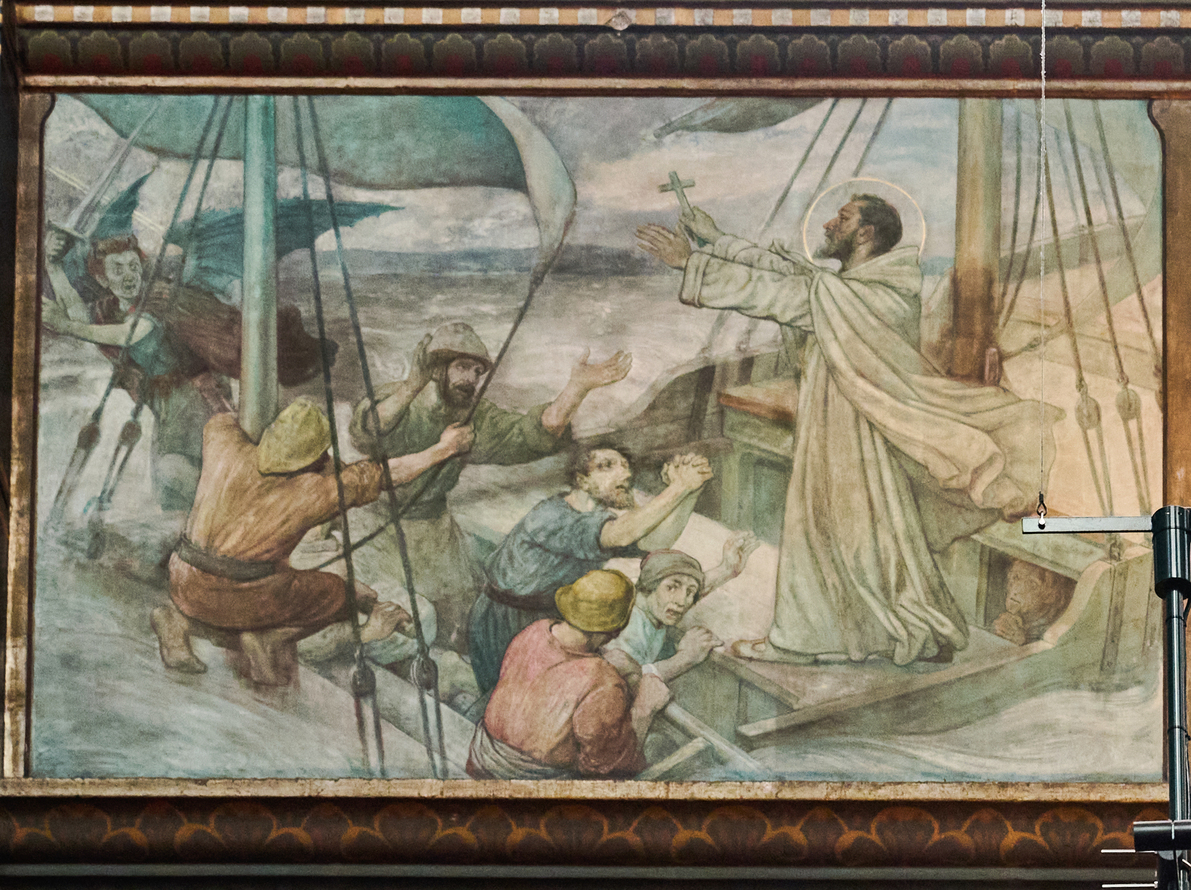
Nicholas calms storm at sea
Once, when Nicholas was travelling by ship to Jerusalem, he saw in a dream that a heavy storm was coming. When the storm did indeed break out and the ship was in danger of sinking, Nicholas prayed to God and the storm subsided instantly. Soon after his death, Nicholas became the patron saint of port cities and of ships and sailors in danger of sinking. In St Nicholas Basilica, a small ship hangs above the exit as a reference to this 'apostolate at sea' of St Nicholas. The basilica's motto of arms (Lat. navigantibus domum cum benedictione) also refers to this legend. Freely translated: 'those on their way home, I want to bless'.
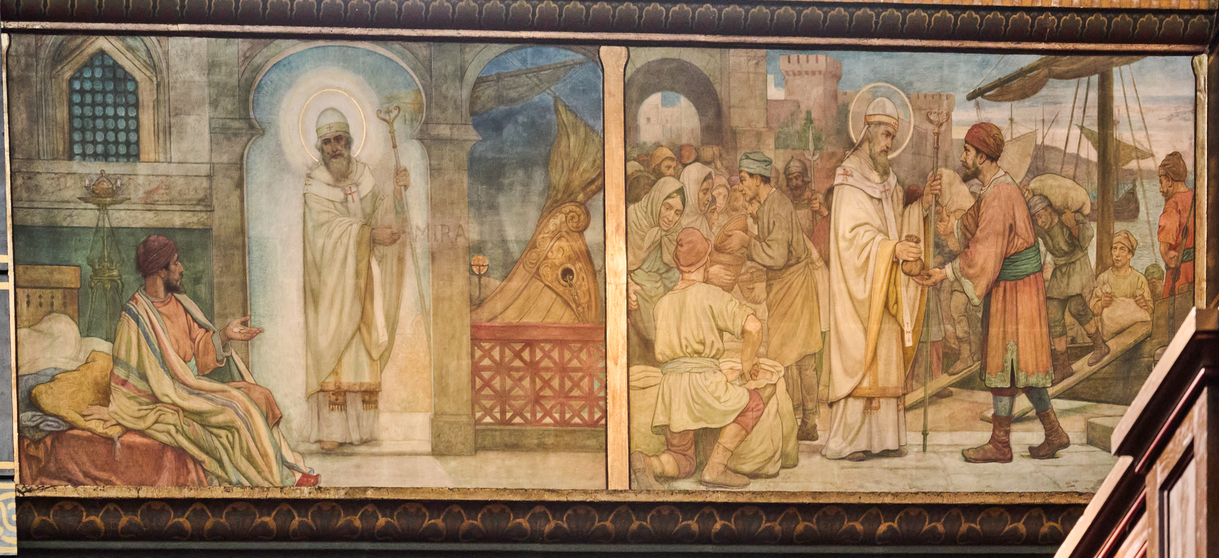
Nicholas and the cereal miracle
When a famine threatened Myra, Nicholas persuaded the captain of a grain ship to leave a small quantity of grain in Myra's harbour. The captain was afraid, because his grain supply had been precisely weighed for the emperor of Constantinople. Nicholas assured him that nothing would be missing. And indeed when the ship arrived in Constantinople, the grain supply was found to be at the old level. The cargo of grain in the port of Myra turned out by a miracle to have increased so much that the population could eat from it for two years.
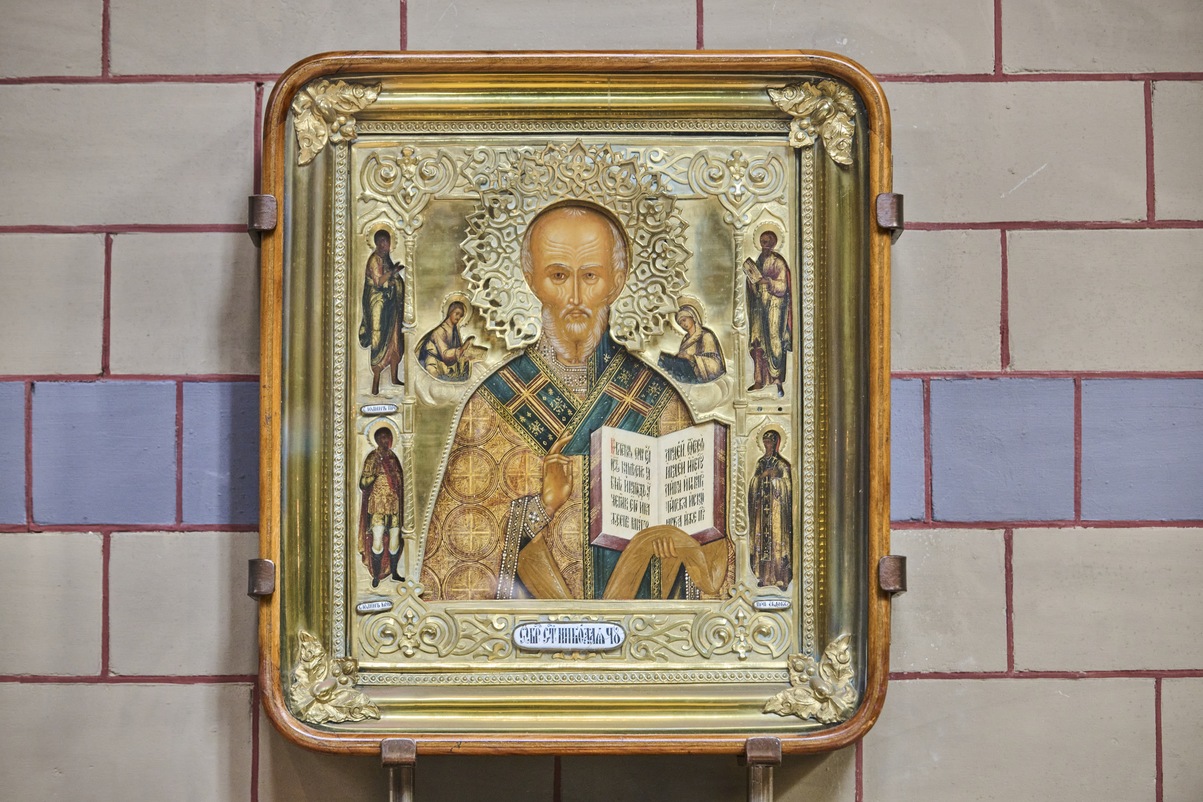
Nicholas and the slap in the face of Arius
According to legend, Nicholas attended the important Council of Nicea (325) where the Church's teachings were laid down. He became so upset by the views of theologian Arius that he slapped him. Emperor Constantine had Nicholas thrown in jail naked for punishment. In the night, Jesus visited him and gave Nicholas back his Bible. Mary also visited him in the cell and she gave him back his bishop's robe. When the emperor heard this, he released Nicholas and asked for forgiveness. Arius was declared a heretic. There are few depictions of the moment when Nicholas strikes the blow. However, antique Nicolas icons do regularly refer to this story: above Nicholas' right shoulder is Jesus with Bible and above the left shoulder Mary with bishop's stole when they visit Nicholas in his cell.
Christel Grimbergen
Volunteer at the Co-Cathedral Basilica of St. Nicholas
Last edited
October 22, 2024
Seven scenes from the St Nicholas cycle, Jan Dunselman, 1918-1921, wall paintings in the nave. Collection Basilica of St Nicholas. Photography Robert Westera.
Icon of St Nicholas, maker and date unknown, oil on panel. Collection Basilica of Saint Nicholas. Photography Robert Westera.
Blom, A., Nikolaas van Myra en zijn tijd (Hilversum 1998).
Vankan, M., Heilige Nicolaas, bruggenbouwer tussen Oost en West. 1700 jaar devotie, legenden en Volksgebruiken, 3e herziene druk (Heerlen 2022).
Online sources
De heilige Nicolaas als bruggenbouwer tussen oost en west
Last visited 24-04-2024
Heiligen
Last visited 22-04-2024




